Description
A unifying philosophy for carrying out low level image processing called “local segmentation” is presented. Local segmentation provides a way to examine and understand existing algorithms, as well as a paradigm for creating new ones. Local segmentation may be applied to range of important image processing tasks. Using a traditional segmentation technique in intensity thresholding and a simple model selection criterion, the new FUELS denoising algorithm is shown to be highly competitive with state-of-the-art algorithms on a range of images. In an effort to improve the local segmentation, the minimum message length information theoretic criterion for model selection (MML) is used to select between models having different structure and complexity. This leads to further improvements in denoising performance. Both FUELS and the MML variants thereof require no special user supplied parameters, but instead learn from the image itself. It is believed that image processing in general could benefit greatly from the application of the local segmentation methodology Object recognition represents an emerging technology in the field of image processing able to detect and label objects through the recognition of patterns in images. At the same time, Mixed Reality represents the combination of the virtual and physical worlds in a bid to yield a digital environment where elements from both dimensions co-exist. Through the integration of an image segmentation algorithm along with image enhancement techniques, this thesis aims to facilitate the navigation experience in Mixed Reality by recognizing more efficiently those objects that provide relevant information to users to navigate. The image segmentation algorithm and the image enhancement techniques are implemented in a video recording, in such a way that through the detection and modification of object features, their instances are either visually highlighted or downgraded according to the information they provide to fulfill the navigation task. Subsequently, in order to determine the impact on human perception, two user tests are conducted. In the first test, users are asked to focus their attention on a virtual element and select the objects that attract their attention the most. In the second test, in which the methodology of this thesis is implemented, users are also asked to focus on a virtual element added to the video and choose the elements that are most striking to them. The results show that the technique used to highlight objects allowed users to recognize them more easily. In contrast, the objects that were downgraded remained eye-catching to users.
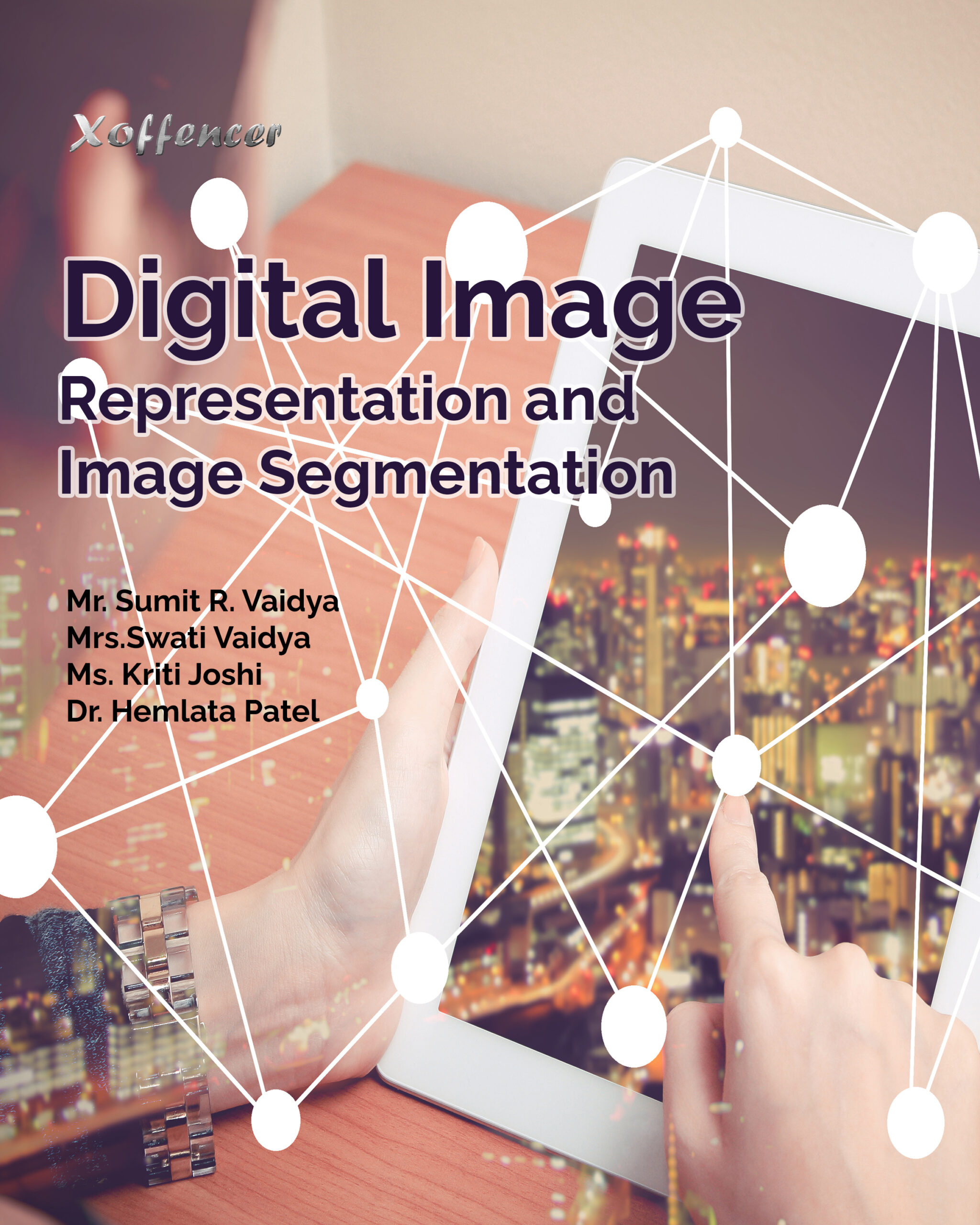

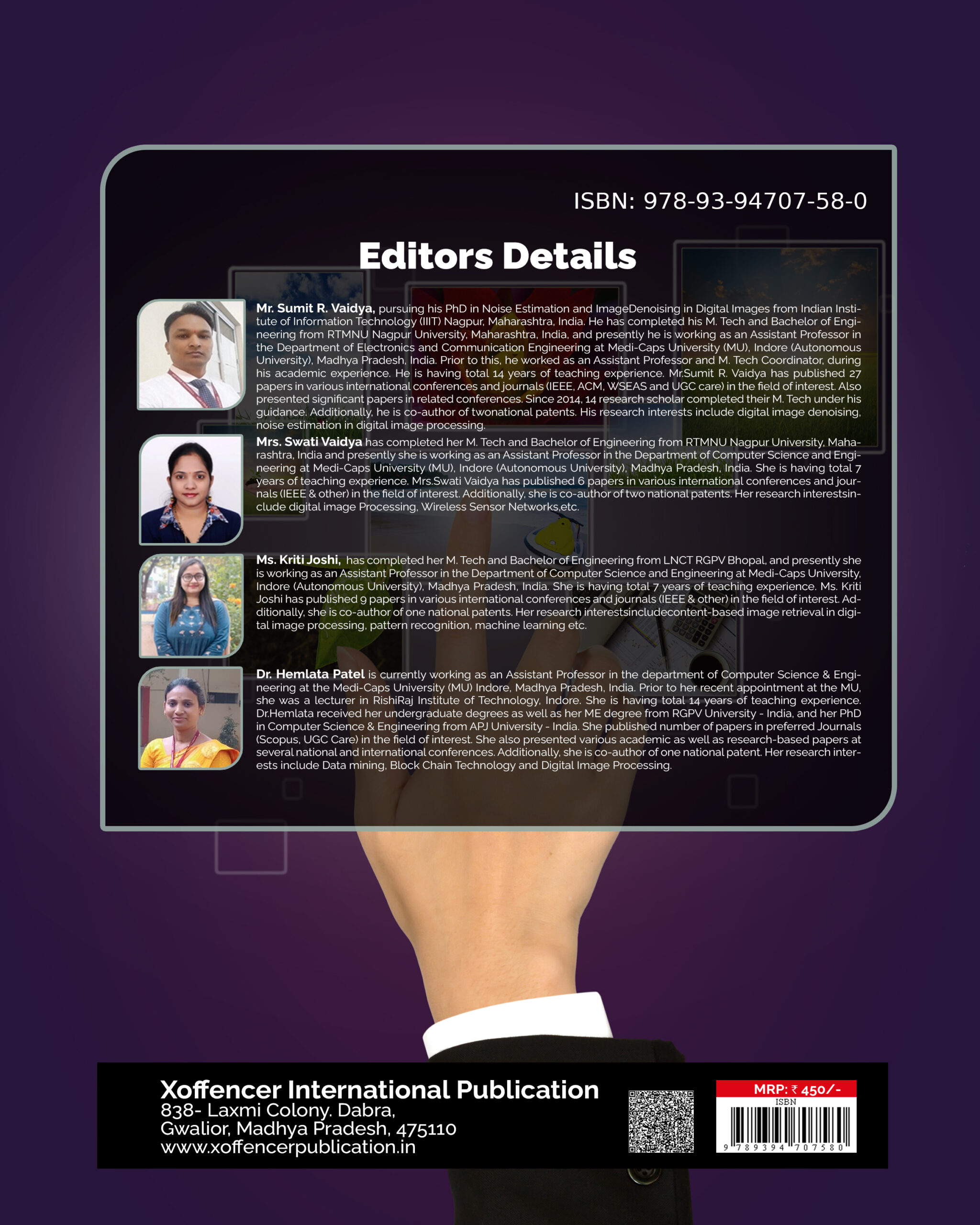
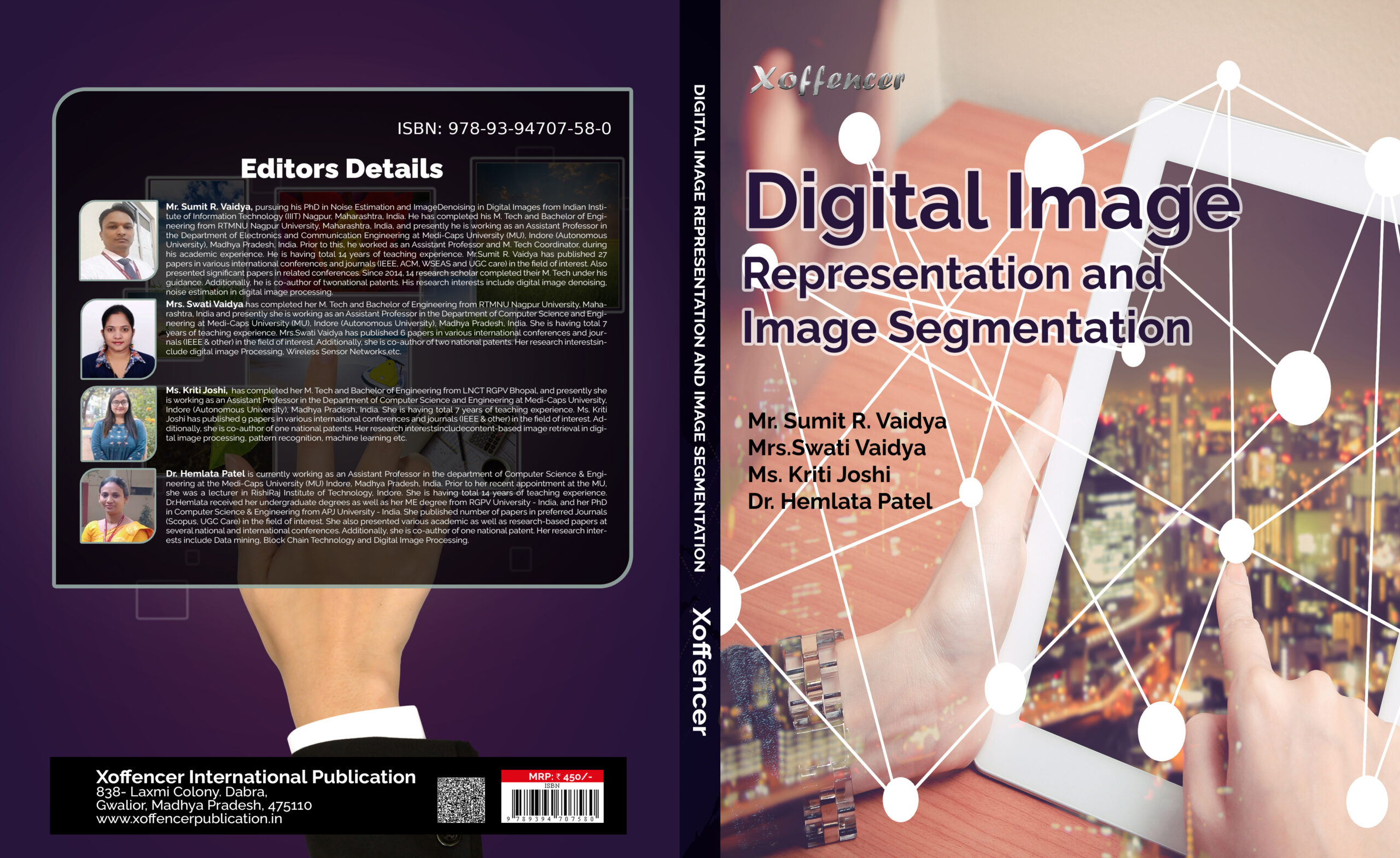

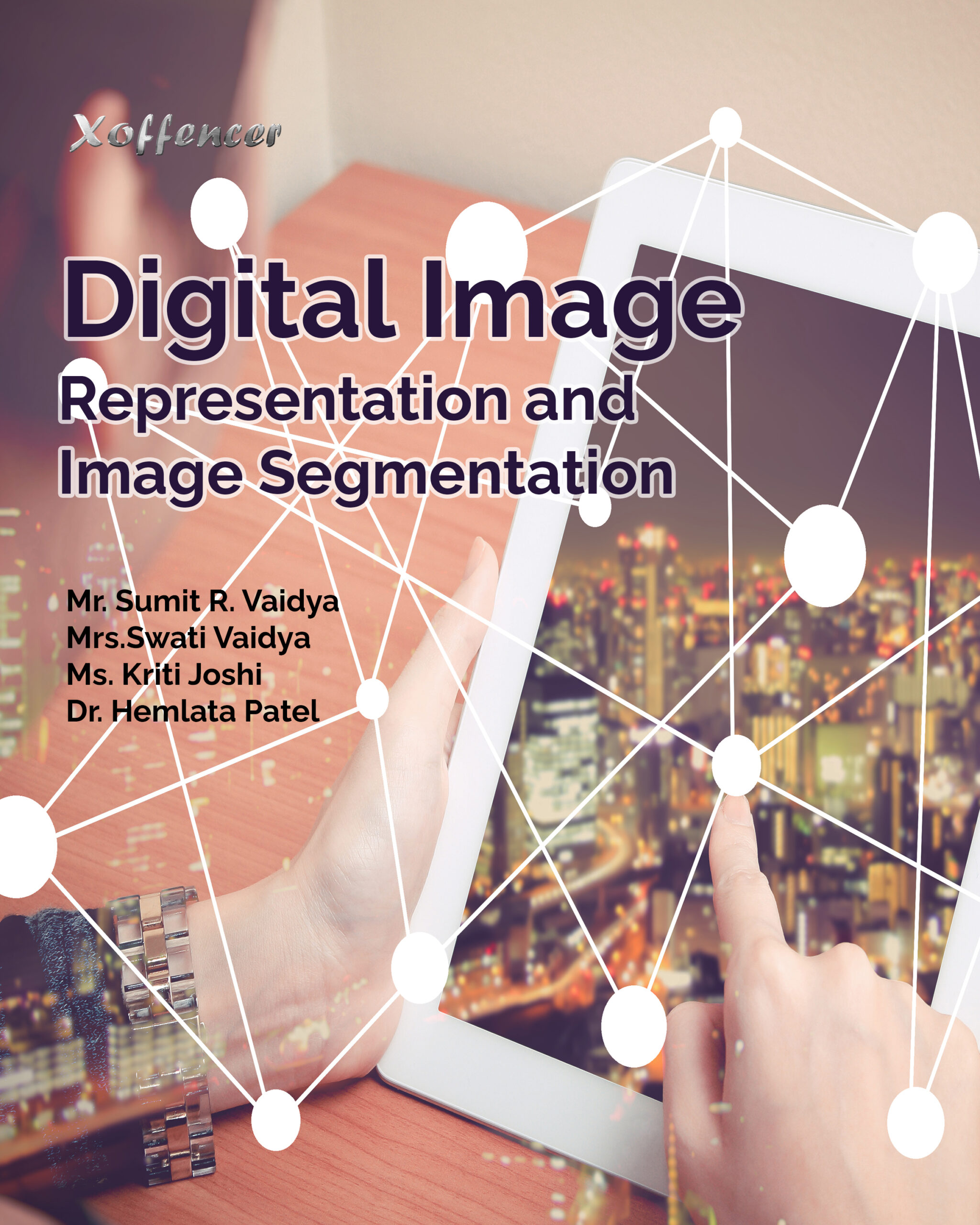

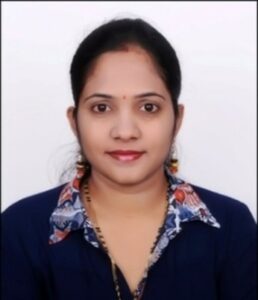
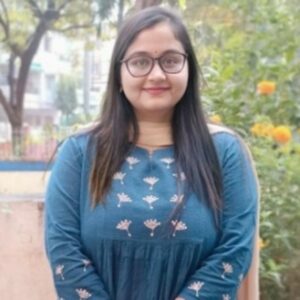
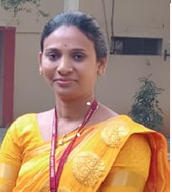
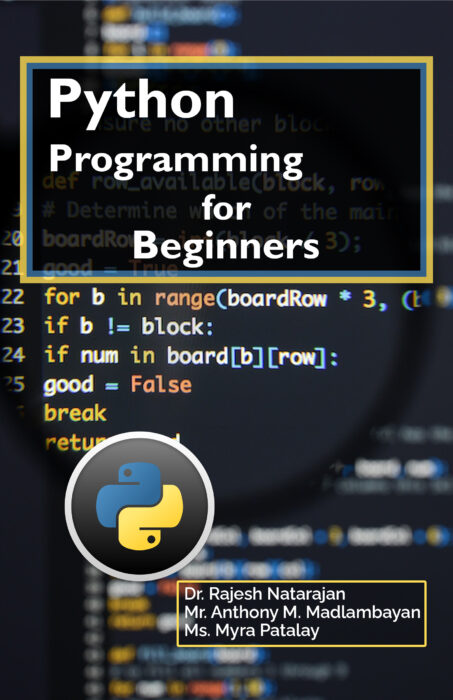
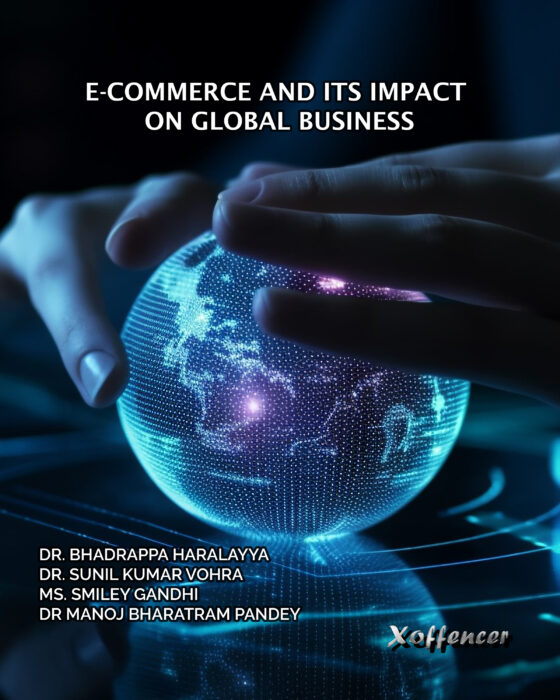
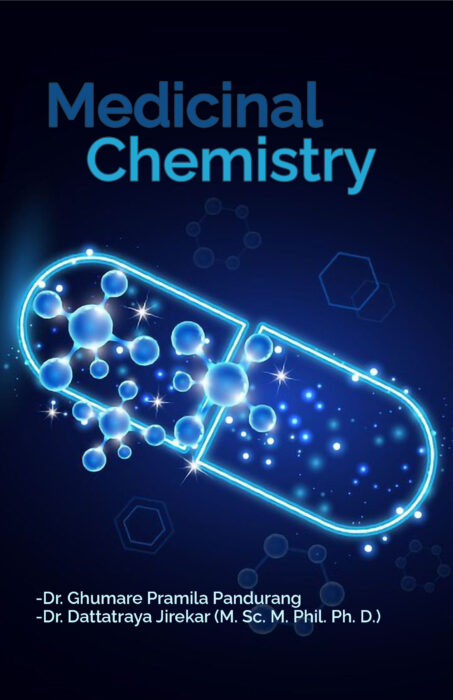
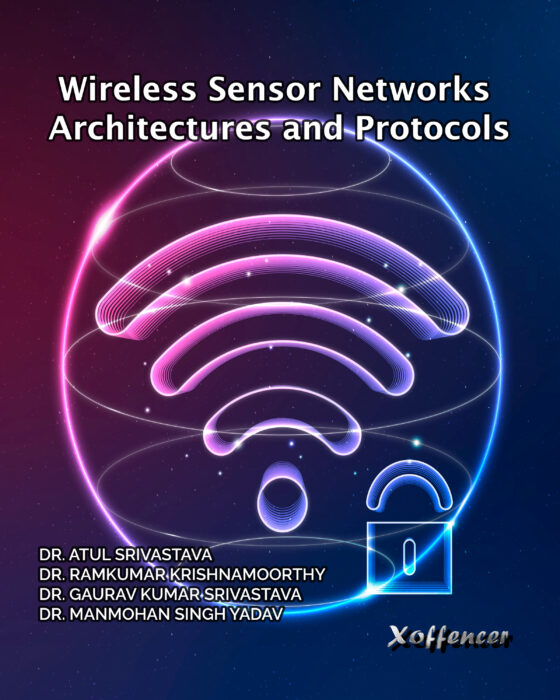
Reviews
There are no reviews yet.